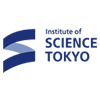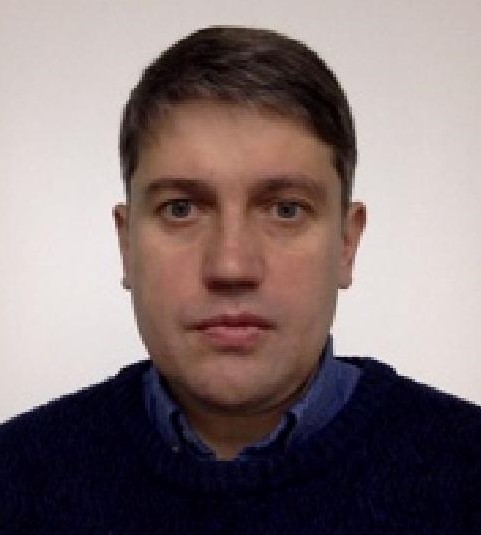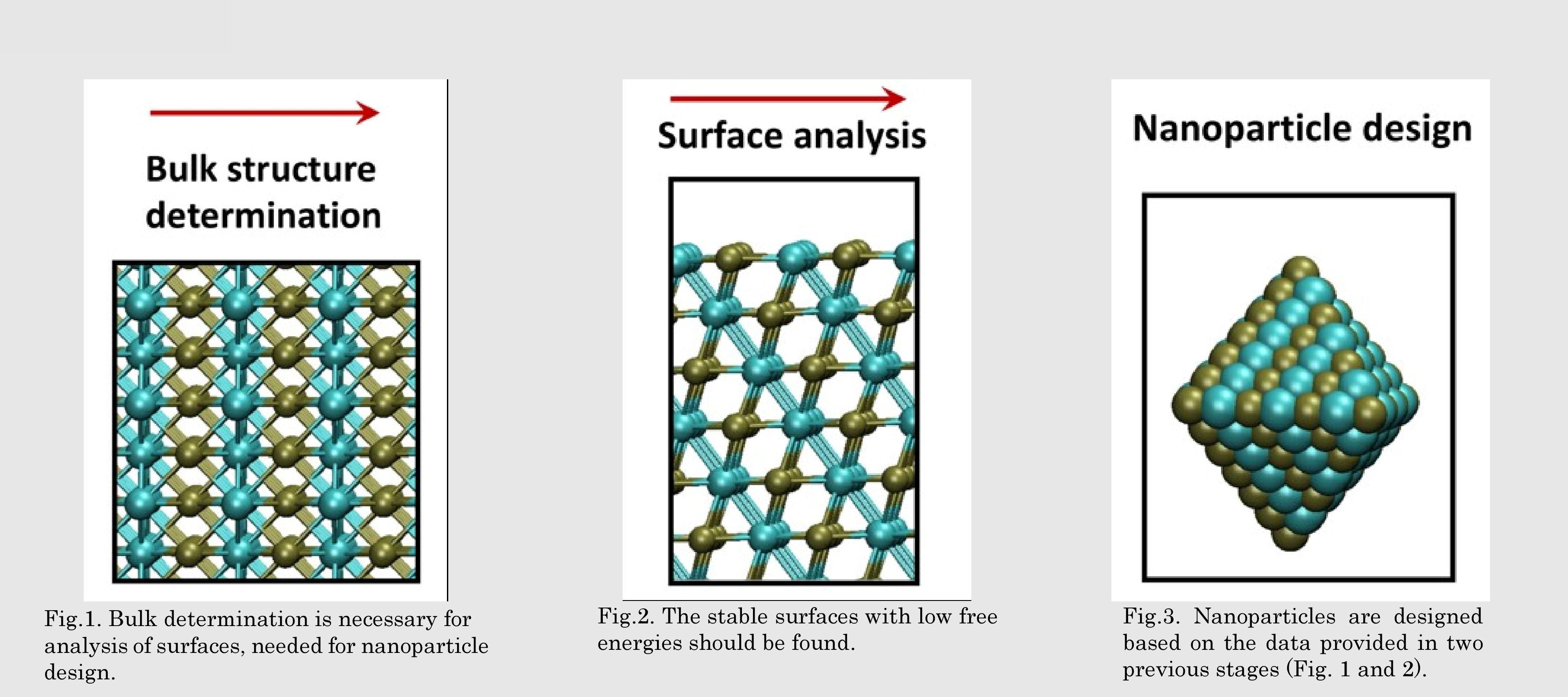
CLS
Laboratory for Chemistry and Life Science, Institute of Integrated Research, Institute of Science Tokyo
東京科学大学
総合研究院
化学生命科学研究所

LAST UPDATE 2021/06/03
-
研究者氏名
Researcher Nameシシキン・マキシム Maxim SHISHKIN
特任助教 Specially appointed assistant professor -
所属
Affiliation東京科学大学 総合研究院 化学生命科学研究所
分子機能化学領域
Laboratory for Chemistry and Life Science, Institute of Integrated Research, Institute of Science Tokyo
Molecular functions -
研究キーワード
Research Keywords
ab initio calculations
phase stability
reaction energy
structure design
- 研究テーマ
Research Subject -
Design of novel electrode and electrolyte materials for fuel cells and electrolysis applications
研究の背景 Background of the Research
Further development of fuel cell technology requires enhancement of several important properties including higher catalytic activity of electrode materials, greater stability under operating conditions and lower cost of constituent parts. Additionally, hydrogen production via water electrolysis also requires higher stability of materials, employed for design of solid alkaline water electrolysis cells. Experimental development of fuel cells and hydrogen production is expected to be complimented by computational modeling within this project.
研究の目標 Research Objective
This work aims at computational search for novel cathode structures (e.g. Pt-containing alloys), featured by a higher activity as compared to conventional pure Pt structures, higher stability, caused by the absence of carbon support, easily corroded under operating conditions and lower cost (due to alloying with less expensive metals). Also, effects of flourination on the design of stable membranes, used in water electrolysis will be studied computationally.
研究図Figures

Fig.2. The stable surfaces with low free energies should be found.
Fig.3. Nanoparticles are designed based on the data provided in two previous stages (Fig. 1 and 2).
論文発表 / Publications
J. Phys. Chem. C 125, 1531 (2021). J. Chem. Phys. 154, 114709 (2021). J. Chem. Phys. 151, 024102 (2019). Chem. Record 19, 779 (2019). Chem. Mater. 30,1257 (2018).J. Phys. Chem. C 121, 20067 (2017). J. Phys. C 29, 215701 (2017). Phys. Rev. B 93, 085135 (2016)
研究者連絡先 / HP
- shishkin.m.aa
 m.titech.ac.jp、martin.j.25a4
m.titech.ac.jp、martin.j.25a4 m.isct.ac.jp
m.isct.ac.jp - http://www.res.titech.ac.jp/english/division/